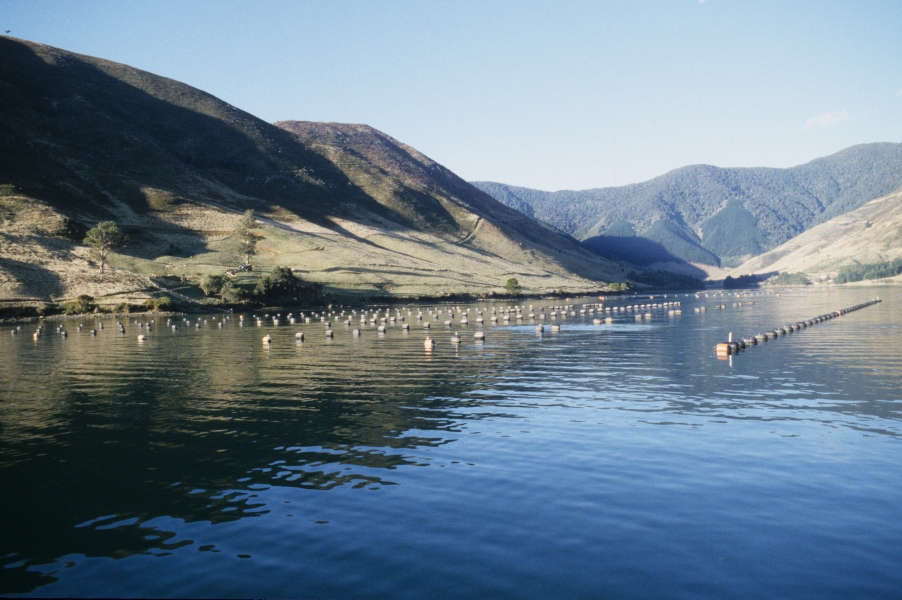NIWA researchers have designed and built a machine that measures the strength of mussel shells that is partly based on the same technology used to open and close irrigation gates.
The machine uses a linear actuator to apply a compressive force to mussel shells until they break, while continuously measuring and recording that force 10,000 times per second.
“It makes a very, very satisfying crunch,” says its co-designer, NIWA principal technician Jeremy Bulleid.
The machine has been developed as part of a research project aimed at assessing the condition of mussels around New Zealand. The three year study looks a range of factors, including the strength of mussel shells.
NIWA marine ecologist Dr Jeanie Stenton-Dozey said mussels were sometimes less than ideal when harvested and not suitable for the food industry.
“This impacts the multi-million dollar GreenshellTM mussel industry –New Zealand’s largest aquaculture export. We don’t know why in some years mussels lose condition so we have started to investigate how tissue and shell differences relate to fluctuations in their food supply and environment.”
NIWA is trying to identify trends in the condition of mussels to pinpoint the best time to harvest for consumption and maximise the value to the farmer. Ongoing analysis of samples has been taking place at NIWA’s Christchurch base since February to assess the seasonal variation in fatty and amino acids, as well as recording the sex, shell dimensions, body weight and shell strength.
“We don’t know the relationship between shell strength and other factors so we need to include it in our analysis,” Dr Stenton-Dozey said.
“Each half shell is strength-tested separately, and interestingly, there can be a significant difference between them. These data will also provide some insight into the susceptibility of mussels being crushed during harvesting and transport.”
While the initial samples have come from the Firth of Thames, the study is to be expanded to include Pelorus Sound and Big Glory Bay at Stewart Island to provide geographical variation in biochemical composition as well as body condition. Mussels of different sizes are being collected every second month from each site.
Mr Bulleid says the machine has the potential to provide more information than simply the compressive strength of the shell.
“In time, we may be able to identify a ‘signature’ – something particular, unique or more subtle than just the magnitude of the applied force. This could give us information on the way the shell collapses.”

